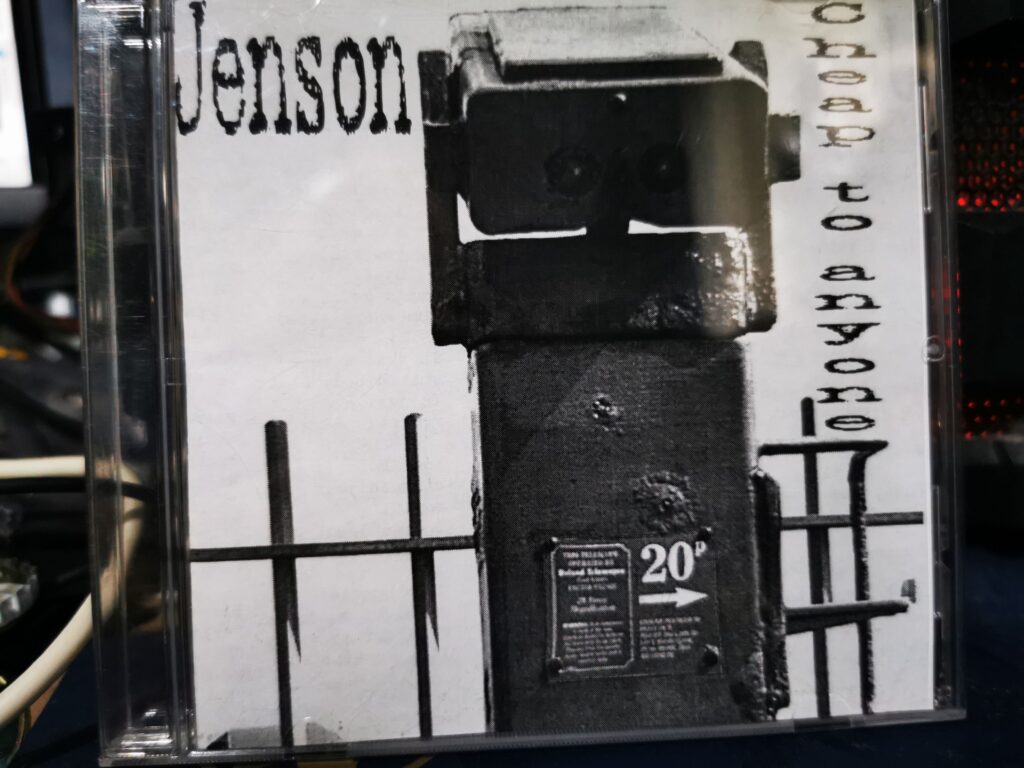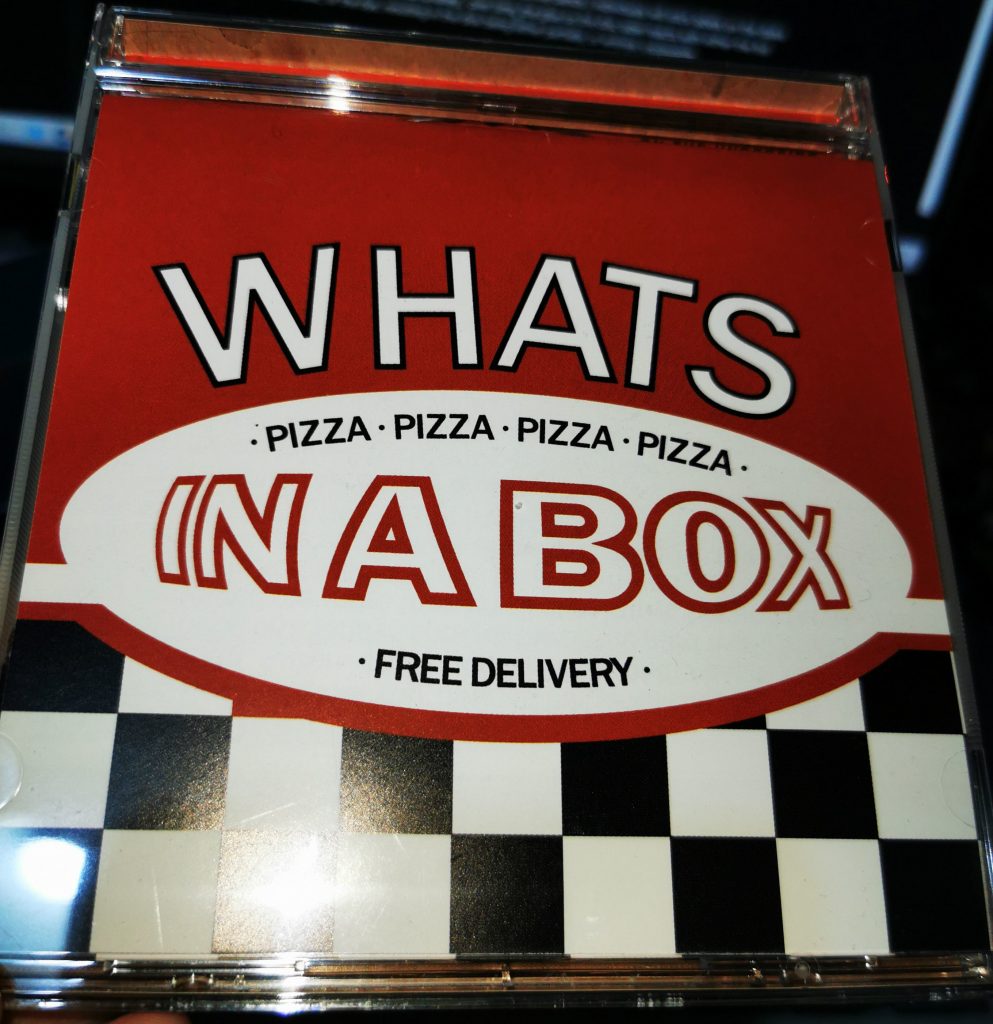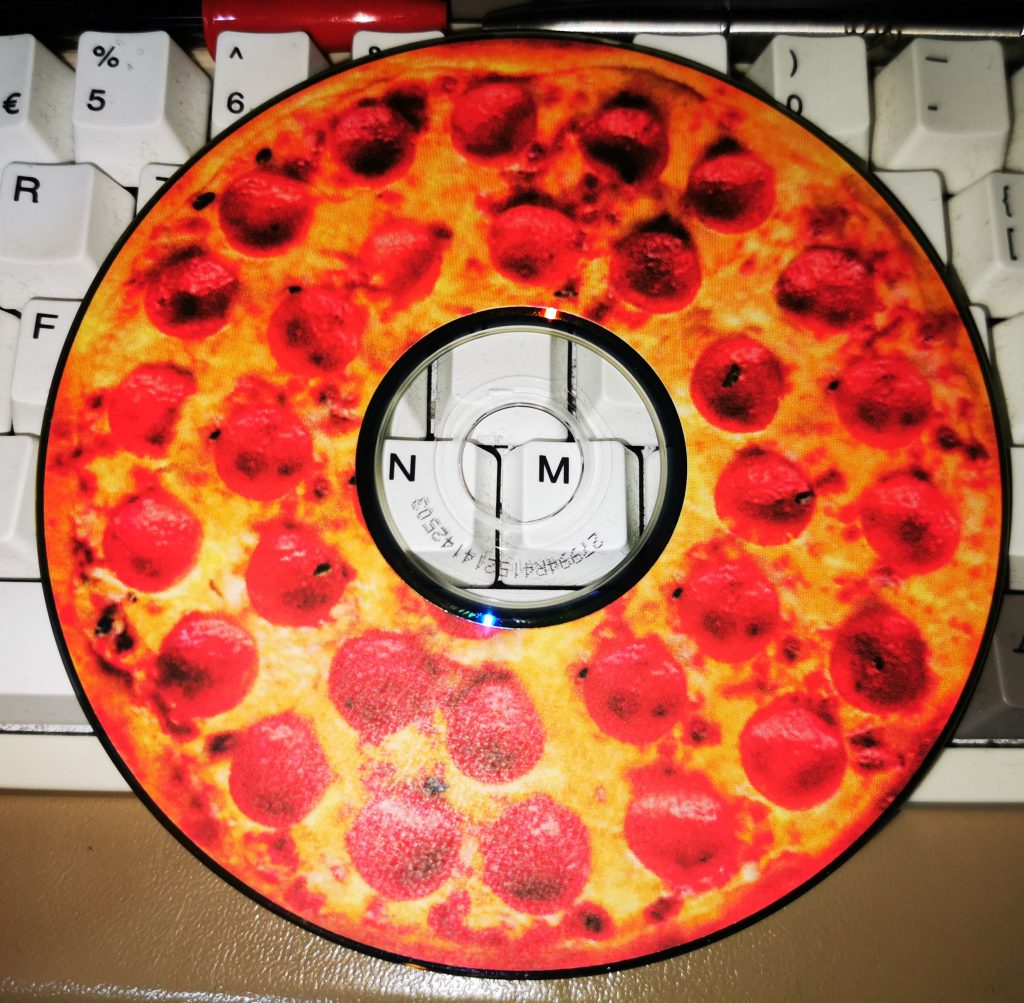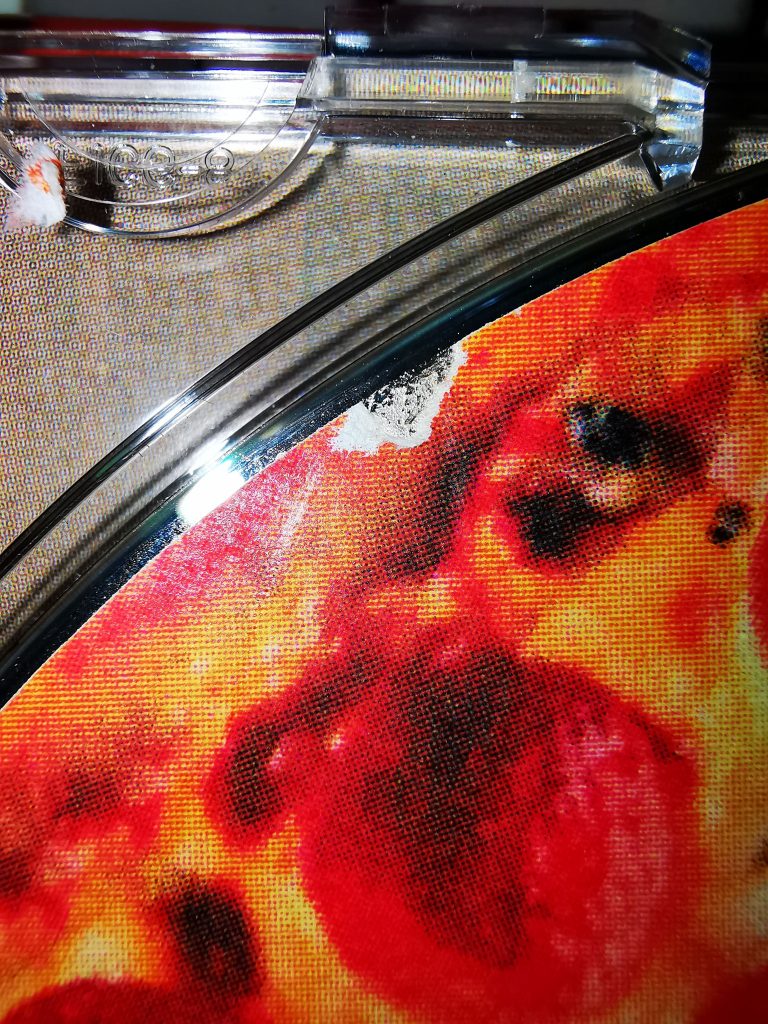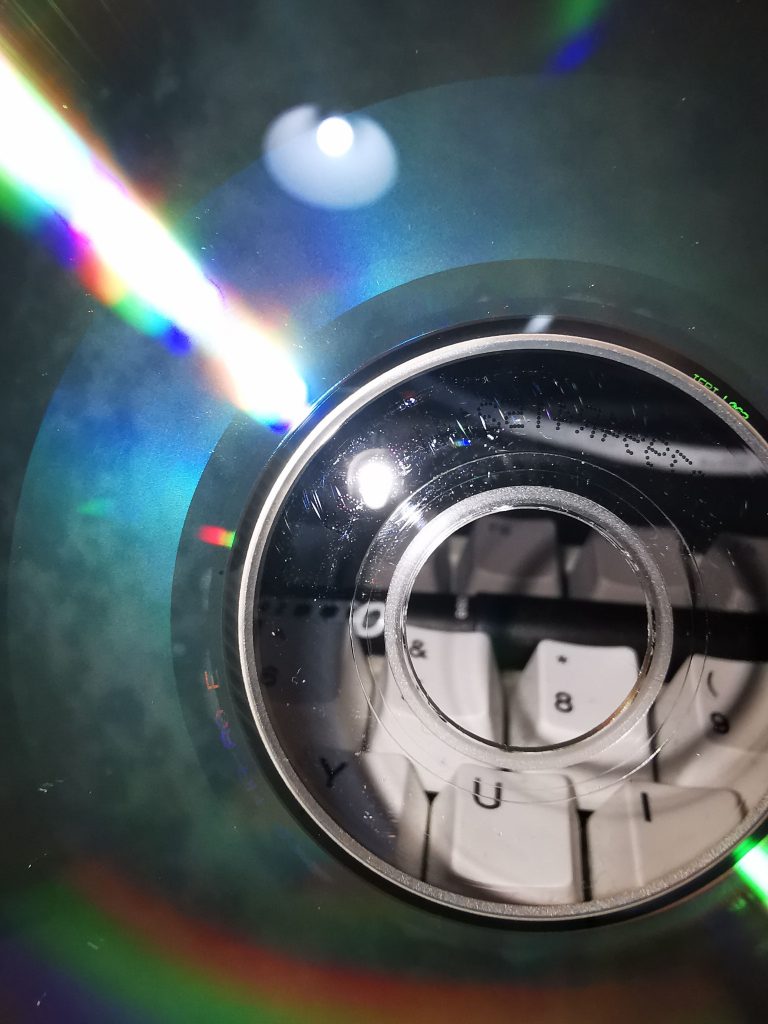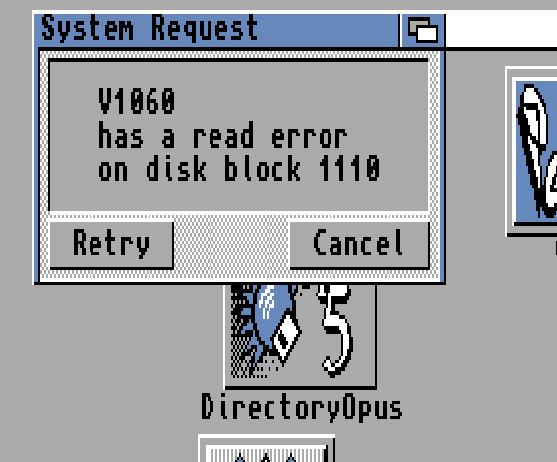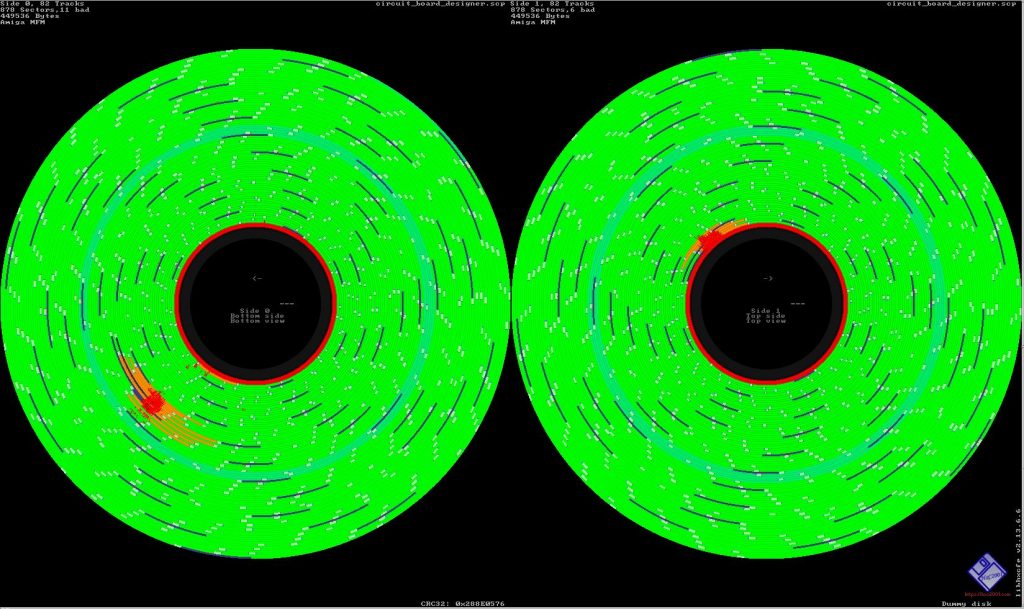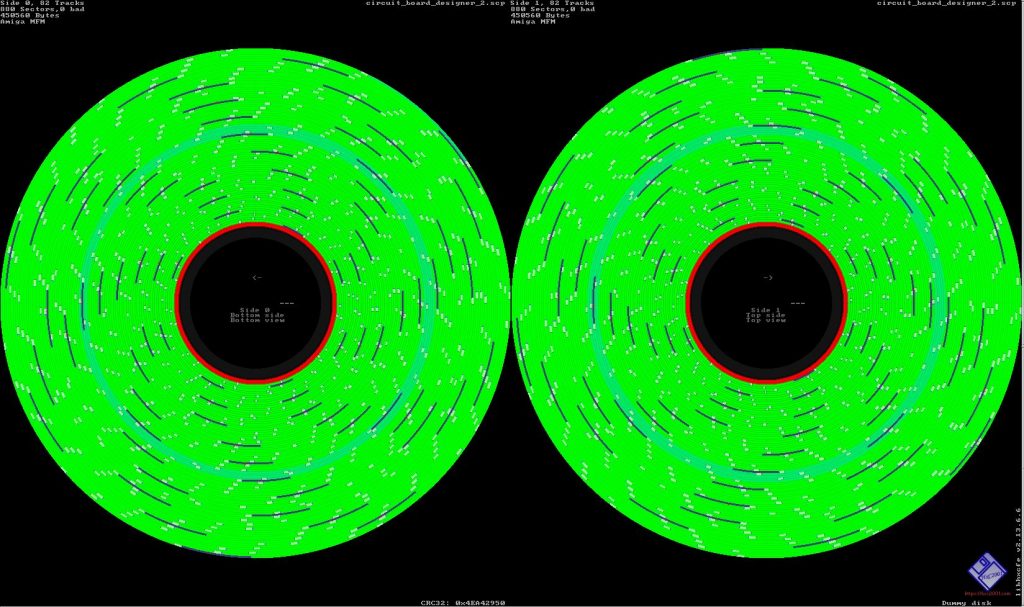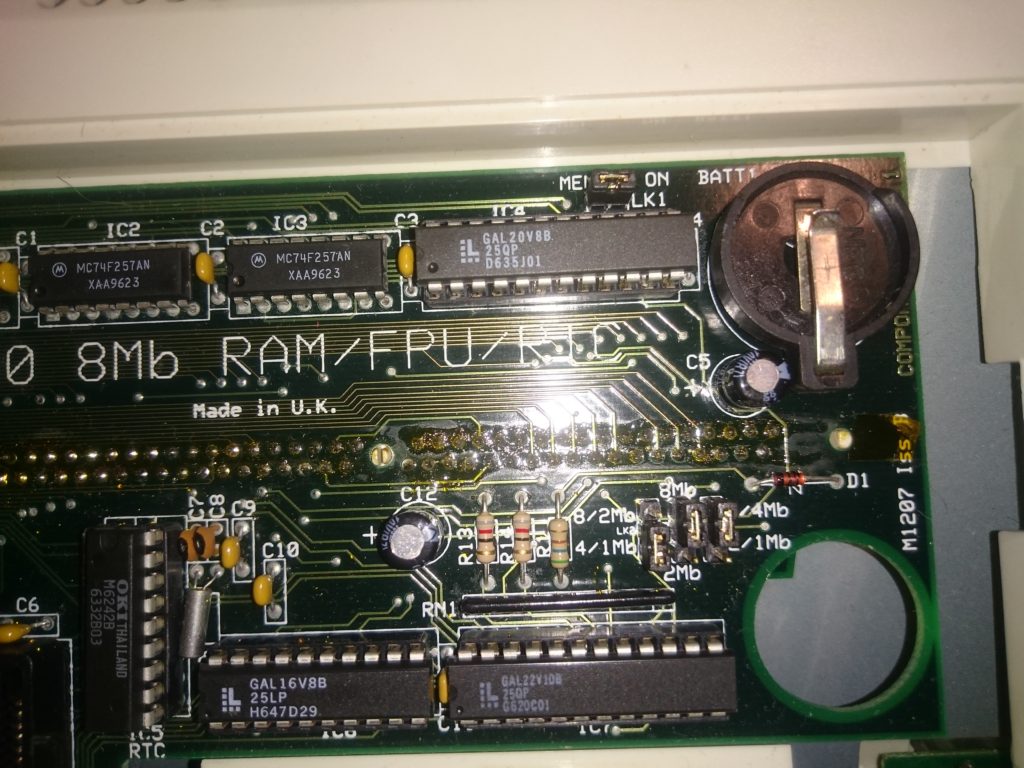As you know, I’ve pretty much exclusively been talking about homebrew CDs I’ve purchased from charity shops. In a very early post on this subject, I mentioned a band called Beckett, and unfortunately the CD never worked. I did write a short post on it last year, but never published it. Tonight, I found the Cd again, so I thought I’d try listening to it again, with no success. I thought, as I haven’t updated this for a few weeks, I thought I’d dig this post out and publish it.
Charity shops. They’re the gift that keeps on giving. Sometimes, however, the gifts simply don’t work, and you spend the rest of your life wondering what could have been. This CD is one of those examples.
As you can see, the disc is by a band called Beckett, and sadly, there’s not a lot more I can tell you. as I can’t actually hear any of the music that’s on the CD.
The things that I CAN confirm. You start off with a standard jewel case, with inkjet printed inserts. The disc is printed on a CD-R with a stickered label, and other than the pictures I’ve shown, or will show, that is pretty much all I can tell you.
The disc isn’t recognised in normal CD players, and when I try to rip it from several different drives, it just sounds like interference. The disc looks in very good condition. There are a few marks and scratches, but nothing that would prevent the disc from reading. Any scratches that are present, are probably just from my ghetto technique of attempting to clean the disc with 99% IPA and whichever item of clothing I happened to be wearing at the time. If I look at the disc surface under the equally ghetto method of “my phone’s camera in macro mode”, I can see small, dark patches on where the data is written. That’s not a good sign, and I suspect that te glue in the disc label has reacted with the foil coating of the disc and ruined it. A shame.
Who’s in the band? Well, according to the inlay, we have…
Ben Fisher – Vocals and Guitar
Greg Sleebush – Bass Guitar and Bacing vocals
Dave Bridge – Lead Guitar and keyboards
Ed Cross – Drums
There is a website listed on the dsc, which has, of course, long since expired, but according to the Wayback Machine, there was a small amount of activity from around 2004-2006, so I can only assume this is when the disc is from. Unfortunately, it doesn’t appear that any of the media was archived, so no pics by the looks of it. It appears that they did quite a few gigs around the London area.
I have had a look to see if there’s any mention of them on Spotify. Sadly, there are lots of artists and bands with the same name, and none of them appear to be the same band. There is a Myspace page that featured some later songs, but none of it survived the massive purge that took place, essentially wiping out an entire generation of unsigned bands’ work, a lot of it never to return.
Unless I can find a CD player somewhere that can play this sadly decaying CD, Beckett will forever remain a mystery. They could have been great, they could have been terrible. I wll probably never know.
Update: Since I wrote this post, I’ve changed CD drives several times, new and old, and sadly, none of them can read this disc. So, if you know what became of Beckett, or any of the members in the band, please get in touch. I’d especially like to hear the tracks I’m missing out on.


